Google sends you a monthly map of everyplace you've been the previous month. If you're like me, and based on experience, you're probably not, this has always struck me as a little big-brother-ish. Hmm, thinks I. Can I add navigation to my truck? Sure enough, there's ways. Now usually when I'm adding a factory option that didn't come with my vehicle I will ply one of my favorite you-pull-it salvage yards. But it seems that Ford used a module that is coded for the VIN of your particular vehicle. And to get a used module re-coded, requires you to bring a large valise full of money to a dealer. Or just getting a Ford dealer to install a new module requires a foot locker full of money.
TO THE INTERNET!
Yes, as it turns out, there are a multiple companies who sell the module, cutom coded to your VIN. Although you have to do the installation, it lands somewhere between a valise and a footlocker. Call it a large suitcase full of money.
What ho, let's check Ebay. And again, there are plenty of people selling the module. Some as low as $100. But excluding anybody not in the US (easier to wrangle a refund if the part is bogus) The lowest price was still above walking around money, but about one third of the price that Ford would want to install their component. After receiving a windfall from the department of unclaimed property, I pulled the trigger, bought the part and sent the seller my VIN.
The part arrived in five days. I had taken the time to review the installation procedure. Fairly easy, no special tools required. One heartening sign, when I opened the box the seller had included a printed out copy of my truck's build sheet. Obviously the seller has an in with Ford technical support. The process was supposed to take an hour, I had it installed in half that time. Nav works great. I didn't even lose my radio or satellite presets. All I had to do was re-pair my phone to the truck and join my home wifi.
I am sure my descendants will be Morlocks, maintaining machines and popping up to the surface to have the Eloi descendants of politicians, phone sanitizers and marketing wonks down for dinner.
 An Ending
9/2 '20
An Ending
9/2 '20
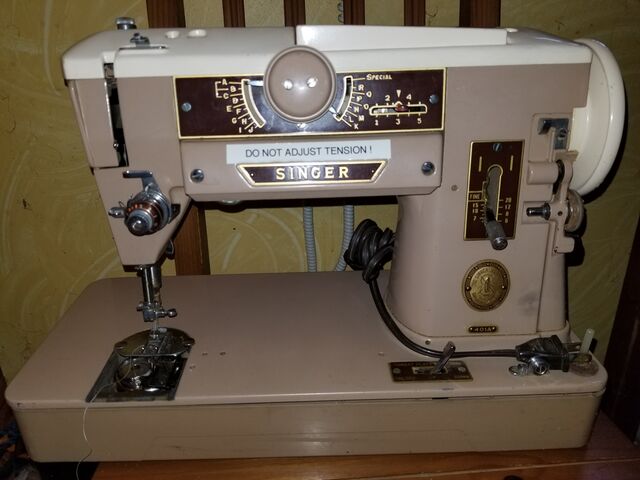

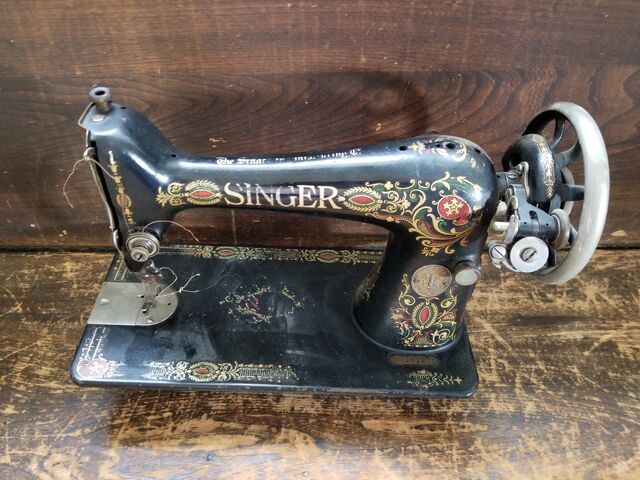
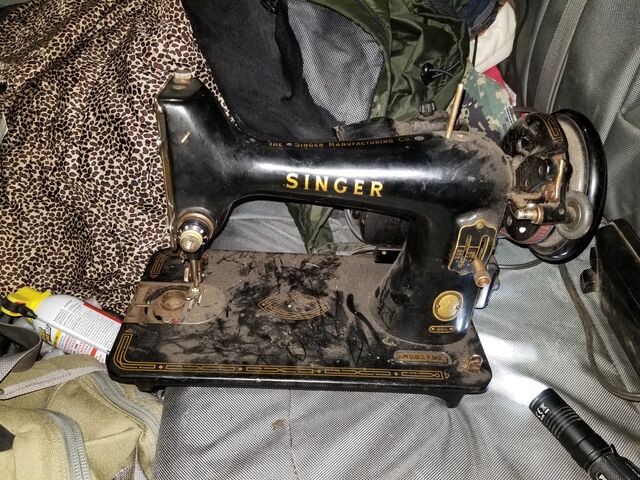
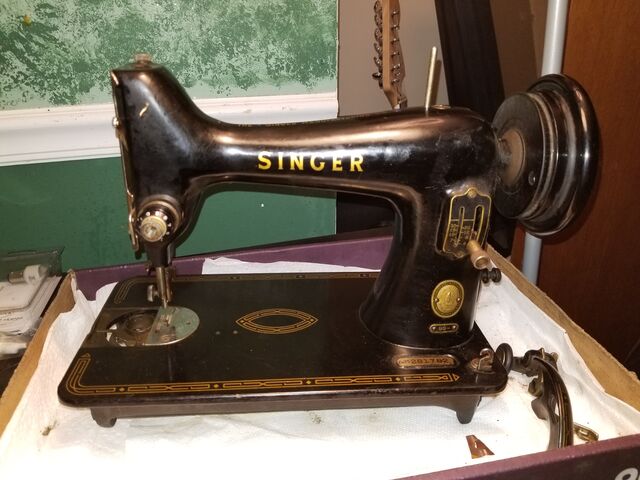

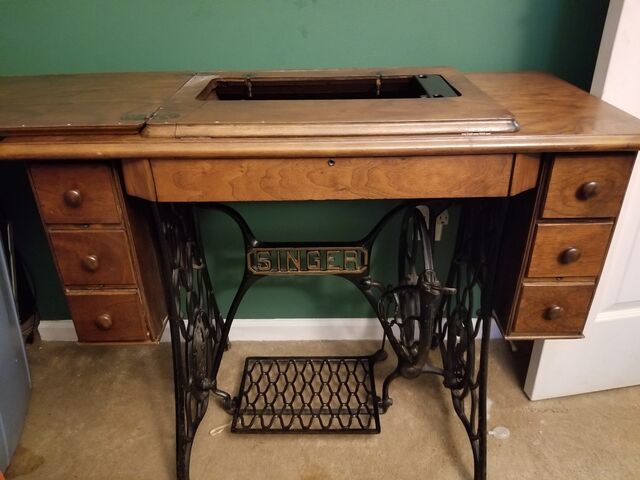
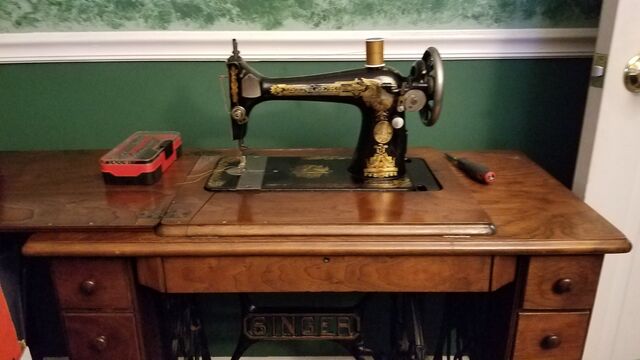
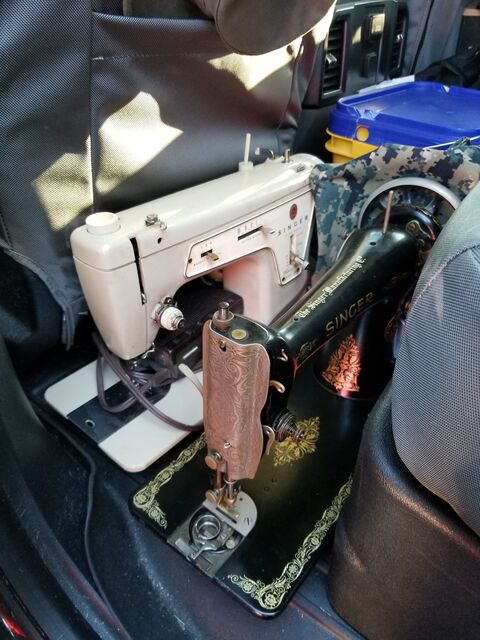

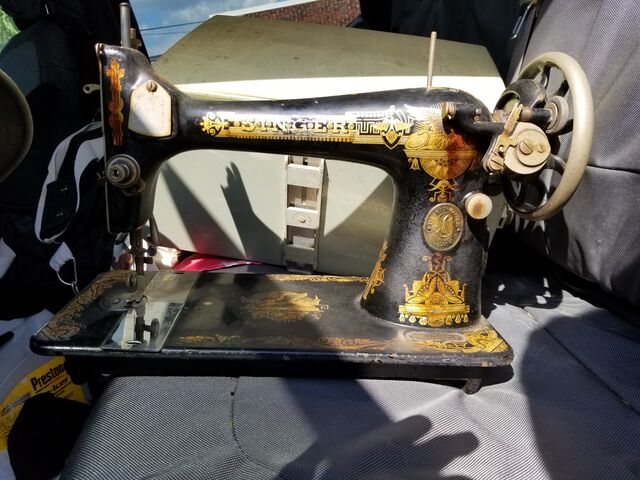
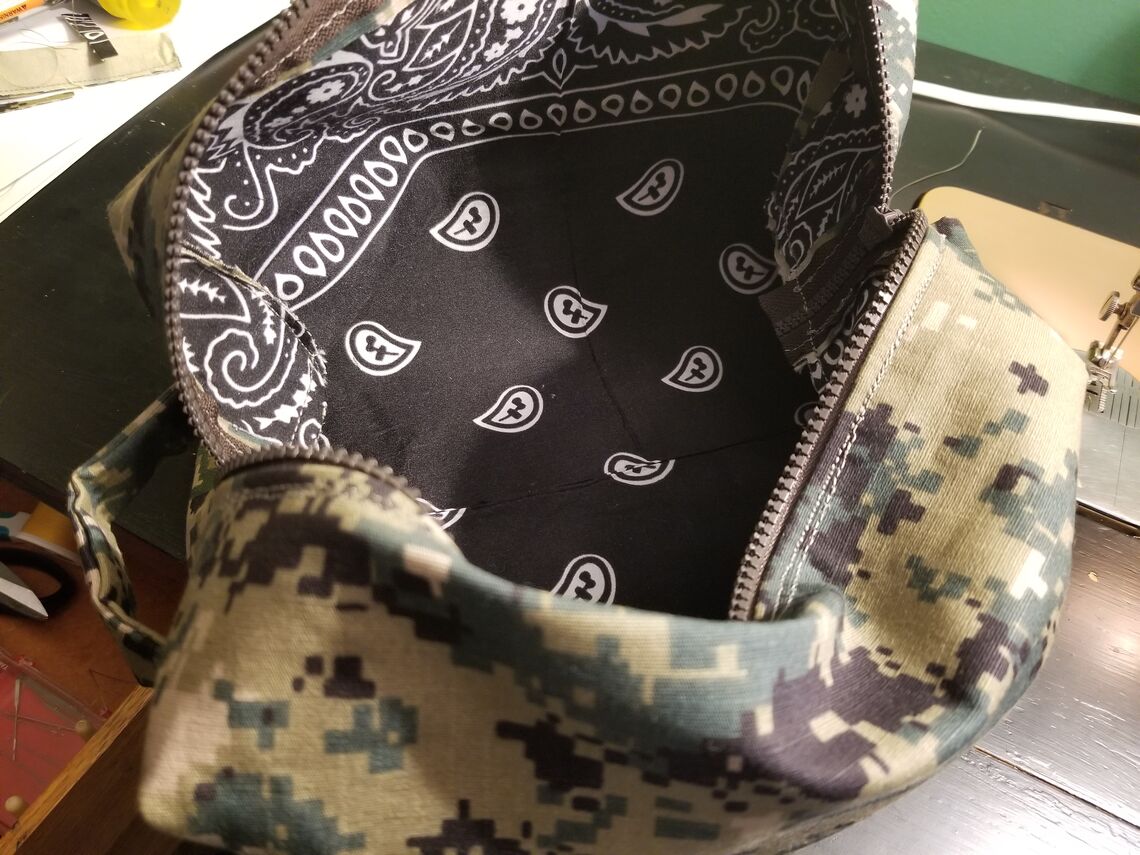
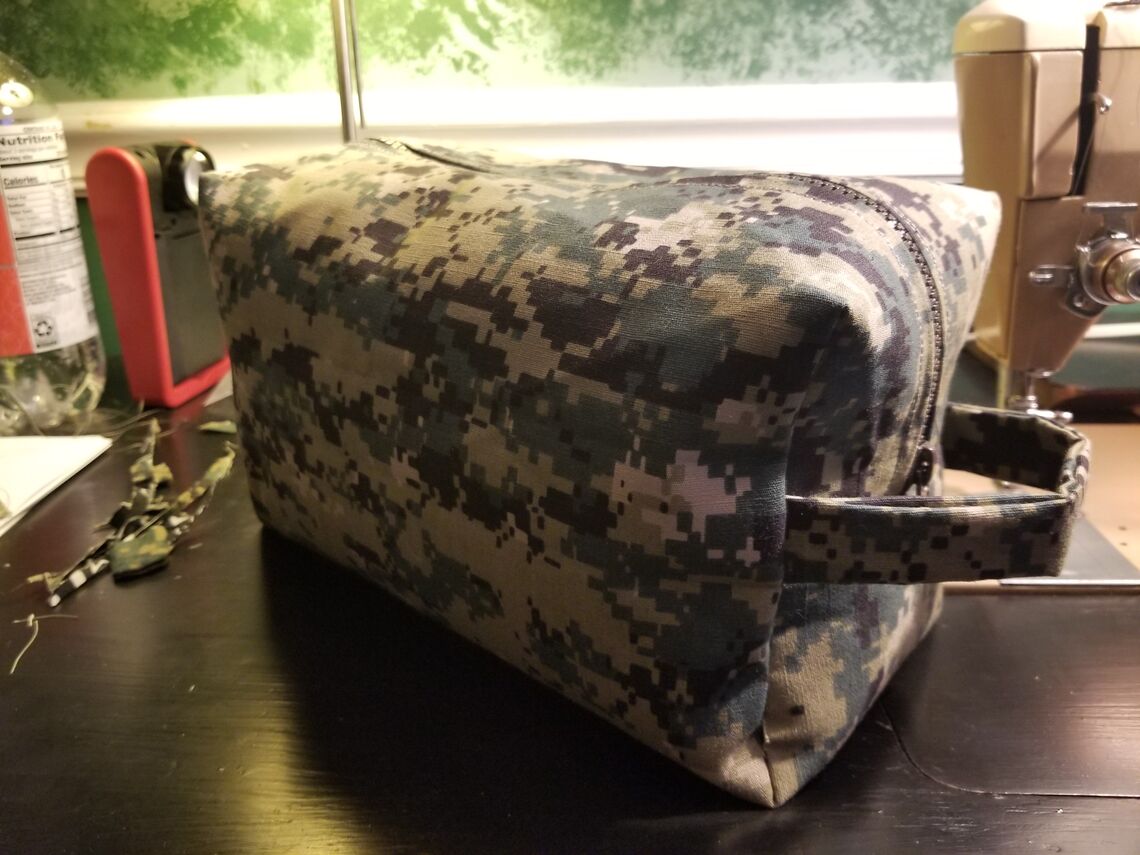

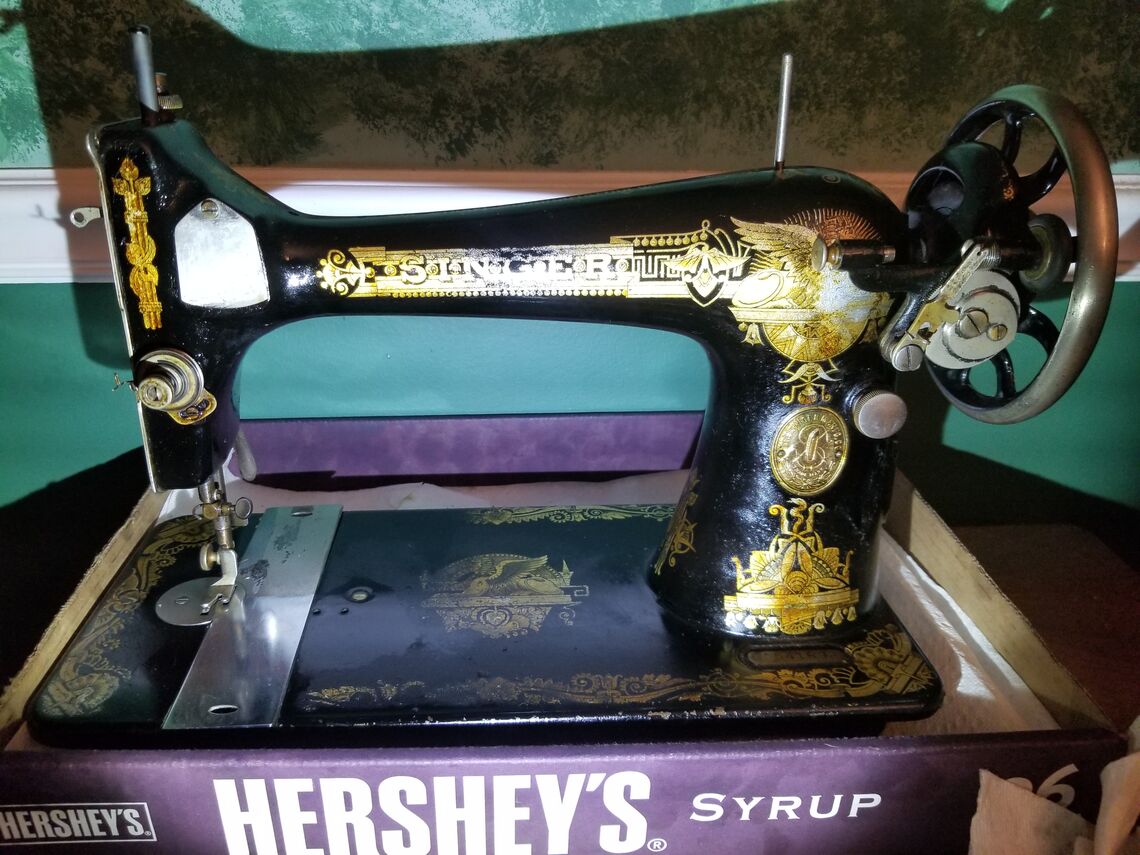



Holy shit, that is staggering.
Thank you for posting these historical reminders. They are good.